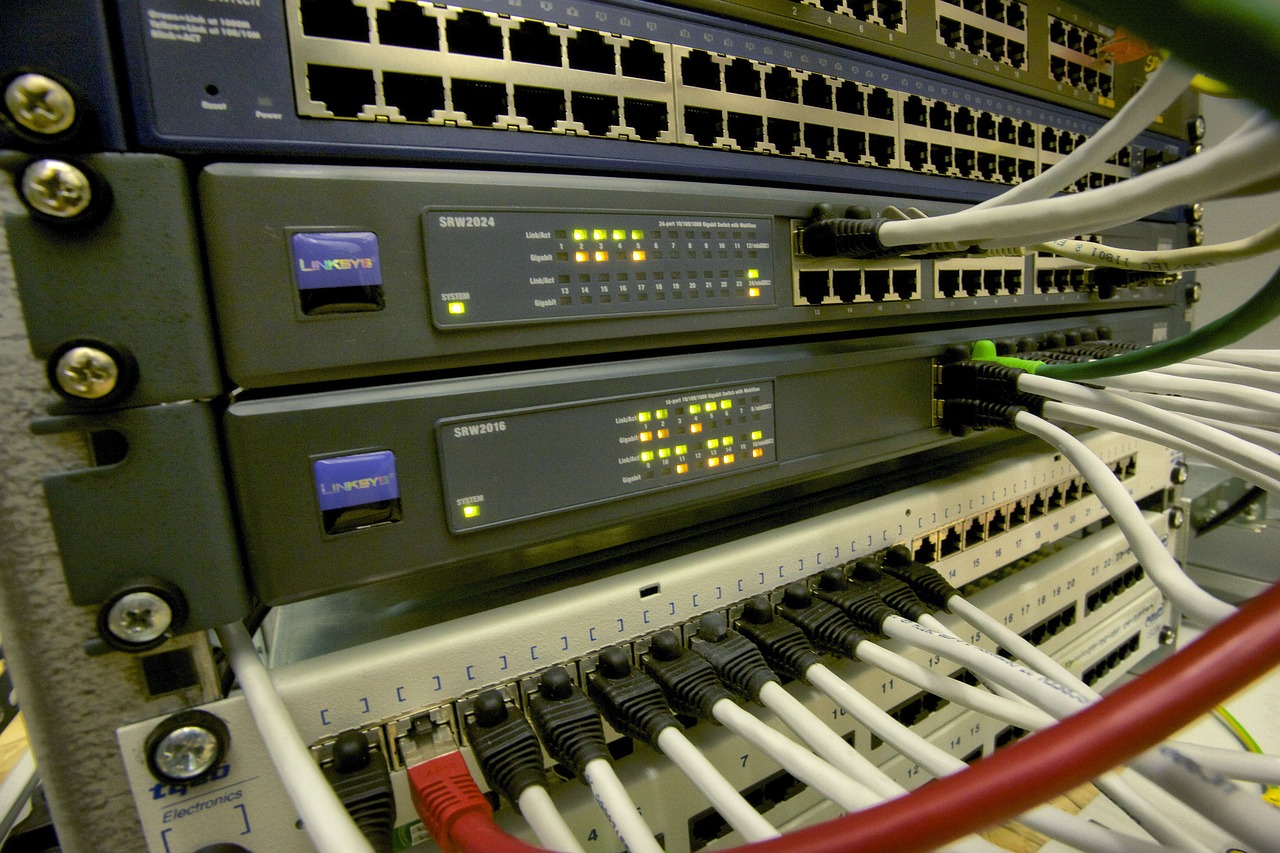Welcome to this beginner’s guide to iptables. This powerful tool is essential for securing your Linux system. By the end of this guide, you’ll have a basic understanding of iptables and how to use it. Let’s get started!
Table of Contents
What is iptables?
iptables is a user-space utility program that allows a system administrator to configure the IP packet filter rules of the Linux kernel firewall, implemented as different Netfilter modules. The filters are organized in different tables, which contain chains of rules for how to treat network traffic packets.
Why use iptables?
iptables provides a robust and powerful tool for managing network traffic. It allows for fine-grained control over IP packet filtering and NAT, which is essential for securing a Linux system. Here are a few reasons why you should use iptables:
- Highly configurable
- Powerful and robust
- Essential for network security
How to use iptables?
Using iptables involves creating rules that specify what to do with network traffic. Here is a basic step-by-step guide:
- First, list the current iptables rules with the command: iptables -L
- Next, create a new rule. For example, to block all incoming traffic from a specific IP address, you would use: iptables -A INPUT -s [IP address] -j DROP
- Finally, save your changes. On most Linux distributions, you can do this with: service iptables save
Remember, this is just a basic guide. iptables is a powerful tool with many features, so make sure to read the man pages and other documentation to learn more.
